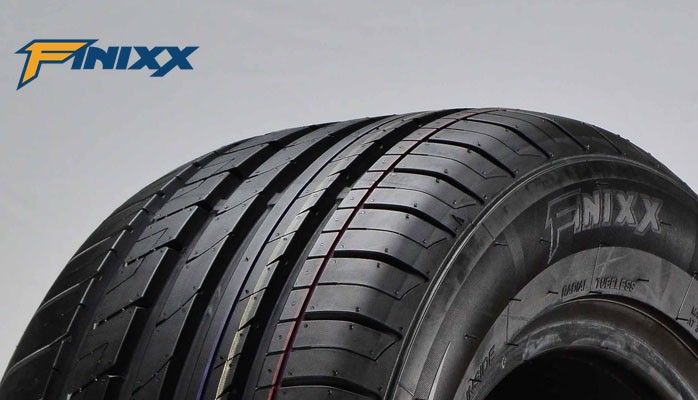
Post Date : 10 May 2022
Level of grip on wet surfaces is a crucial performance factor for wet weather tyres. Unlike tyres which can move easily on dry surfaces, the requirement for a stronger grip on slippery or wet surface, increases triple fold for wet weather tyres.
While driving over water-logged roads, ordinary tyres tend to get submerged in water, often causing the vehicle to topple or skid. In case of wet weather tyres, the tread is made of softer rubber that allows the rubber to heat up and generate more traction. This helps the vehicle stay put on wet surfaces.
That is why wet-weather tyres are equipped with a higher quantity of silica or rubber content that augments their wet grip properties. The high silica content also helps the tyres counter icy conditions during hail storms.
Deeper Grooves
Another very important feature of rain tyres is their special tread pattern that can make a significant difference to how they perform on wet roads. The specially designed grooves help quick dispersal of water from the tyre tread.
This ability to disperse water from the contact patch increases the tyre’s aquaplaning resistance, which simply means the ability to stay steady and not slip on a wet surface. A greater aquaplaning resistance also translates to better grip on wet roads, and easier handling capabilities.
Apart from the specially designed grooves, for water dispersal, rain tyres also have other features such as special tread blocks and cuts to channelize water away and improve road adhesion.
Interestingly, rain tyres are not the standard fitments on factory finished vehicles! This is because; for a superior grip wet weather tyres need greater friction, for enhancing grip. This results in increased rolling resistance for the tyres, which in turn increases fuel consumption and brings down the fuel economy. And of course increased fuel consumption also means more harmful emissions into the environment.

Hence the challenge in developing wet weather tyres is achieving a balance between these two parameters. Luckily for us, tyres manufacturers are investing in R&D efforts and the emergence of innovative tyre technologies have made this a reality for several tyres.
For instance, in the Michelin Energy Saver tyres, known for their fuel efficiency, Michelin has incorporated the Durable Security Compound, a patented ingredient complex into the tread compound so that wet grip is not compromised.
In a country like the UK, wet weather exists for most part of the year. Wet weather or rain, tyres are always in demand. That apart, the new EU regulation also states that tyres need to now showcase the EU tyre label which includes a rating for wet grip and braking performance.
Tyre labels are marked from categories A to G, with ‘A’ suggesting shorter braking distance in wet weather and ‘G’ allowing the longest wet weather braking distance. For instance, this tyre below has a rating of ‘B’.

So a tyre with ‘A’ rating has the best wet braking ability and that with a ‘G’ rating stops 18 meters farther (than the A rated tyre) when brakes are applied.
